How To Identify Cannabis Plant Deficiencies
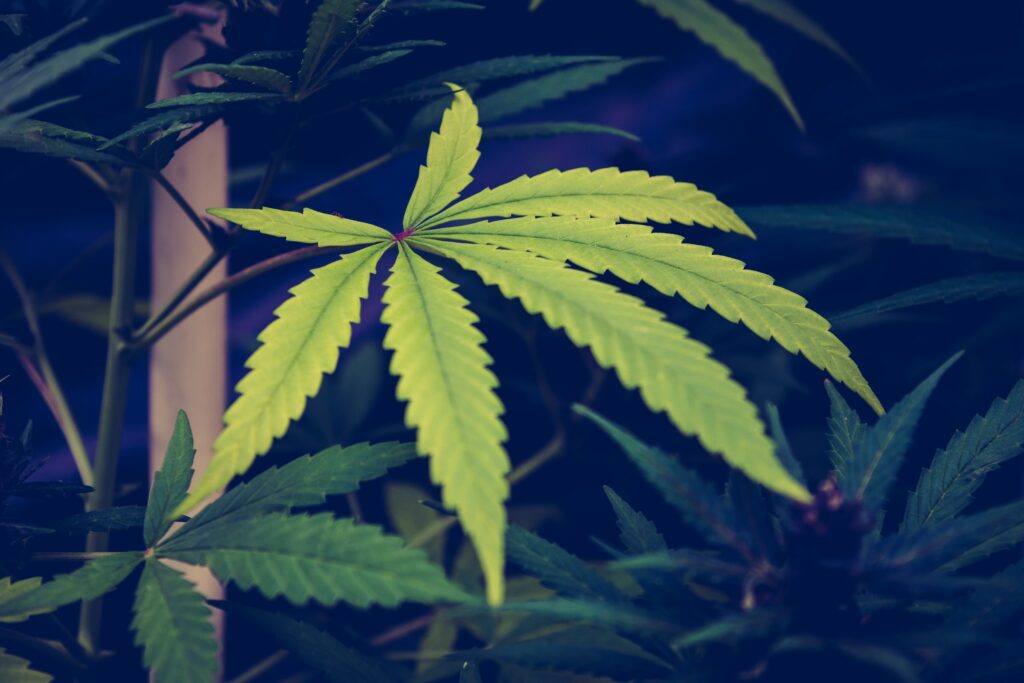
Growing your own is a fun and sometimes challenging project. It’s natural to get freaked out when you start noticing your plants are suffering from strange ailments or having to watch small creatures feast on your prized crop. While prevention is better than cure, it is unfortunate that at some point you may have to deal with nutrient deficiencies, pests, diseases, and other environmental stresses, but if are able to identify the issue quickly, then chances are you can save your crop before it’s too late.
Nutrient Deficiencies
Here’s what you need to look out for when your plants start showing signs of abnormalities.
Boron
Boron is an important nutrient that helps form proteins and supports the plant’s maturation. A boron deficiency is indicated when the leaves take a long time to mature and start curling while the stems look rough and hollow.
Copper
Copper is vital for respiration, photosynthesis, and the plant’s metabolism. A copper deficiency is rare but can be fatal. Usually, the youngest leaves are first affected with the tips discoloring and female plants will produce abnormal-looking stigmas.
Calcium
Calcium keeps the plant’s cell wall tissues intact and stimulates the development of the root system and aids in protein synthesis. If the plant is not getting enough calcium, you will see deformities. The leaves will turn very dark green or develop lesions and new leaves will be distorted and small. The branches will be weak and slimy root rot will develop.
Iron
Iron is needed to produce chlorophyll that produces food for the plant. An iron deficiency is present when the young leaves turn yellow, yet the leaf veins remain green. There won’t be much bud growth, the stems will twist, and the roots become brown and even smelly.
Magnesium
Magnesium triggers the leaves to grow and promotes the formation of healthy leaf veins. If the plant is lacking in magnesium, the area around the veins goes yellow and the leaf edges will look burnt and spots will develop.
Manganese
Manganese helps the plant absorb nitrates and with low levels of manganese, the plant will starve because it is unable to use the nitrates to create proteins. A manganese deficiency is evident when the leaves look pale, there are defects with the leaf veins including noticeable spots, and the plant’s growth is stunted.
Molybdenum
Molybdenum is also needed to convert nitrate into ammonia to generate protein and without it, the plant’s overall growth is affected. Signs of a deficiency include the discoloration of the leaves with red, orange, or pink edges. Obvious changes will start in the middle of the plant and move upward.
Nitrogen
Nitrogen is part of the chlorophyll process needed to make food. Without it, the plant will starve, and you will notice that the lower leaves turn pale first before affecting the upper foliage.
Phosphorus
Phosphorus is essential for the plant’s flowering phase as assists in the growth of the stem and roots, and in the photosynthesis cycle. A deficiency produces a low yield with unusually small leaves with burnt looking tips and will exhibit purplish or blue colored leaves.
Potassium
Potassium is a critical nutrient need for several functions such as regulating the absorption of carbon dioxide and activating enzymes. A potassium deficiency will present multiple problems at once, which can be tricky to resolve. Look out for leaves that look brown or scorched and there will abnormal spaces between nodes with the stems looking stretched.
Sulfur
Sulfur develops the plant’s proteins during the vegetation state. A deficiency will cause new leaves to turn an orange, yellow, or red color while making them look too thin and fragile. The plant won’t look bushy and buds will die.
Zinc
Zinc is another nutrient needed for the production of chlorophyll to help the plant grow. Signs of a deficiency include all the leaves turning yellow and the tips of the leaves will present strange coloring. Newly formed leaves will look tangled.
Nutrient Burn
Now that you know what to look out for when the plant is lacking nutrients, it is just as important to know the signs when a plant is getting too much of a good thing. Nutrient burn can devastate your cannabis plants. You will know what you’re feeding your crop and if you get heavy-handed with fertilizing or adding extra nutrients, the leaf tips will look burnt by showing a yellow or brown color and they will curl up.

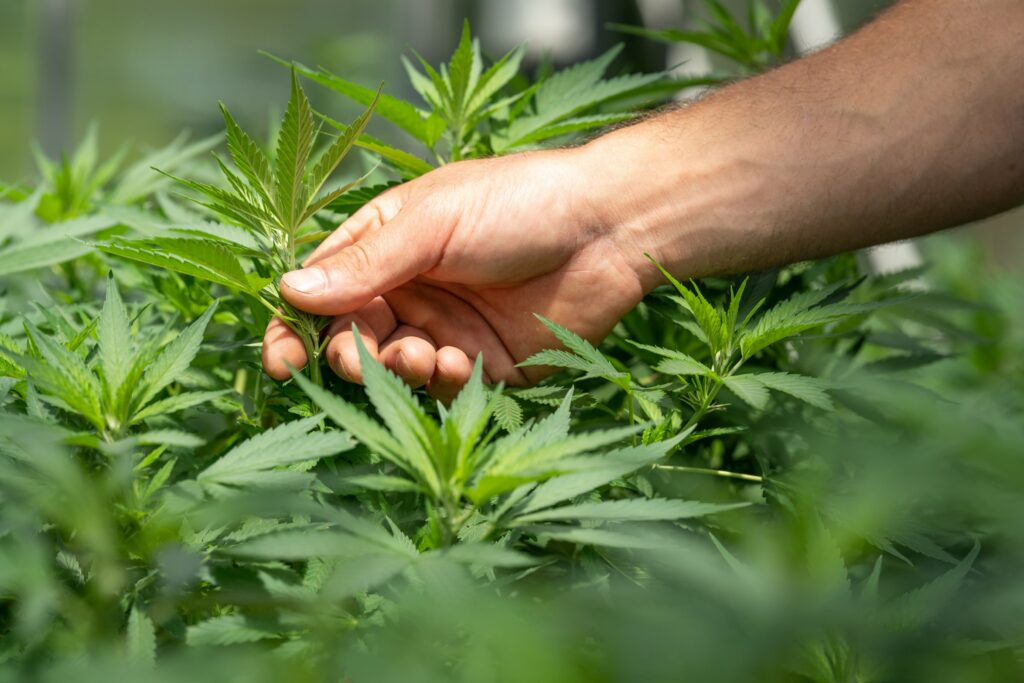
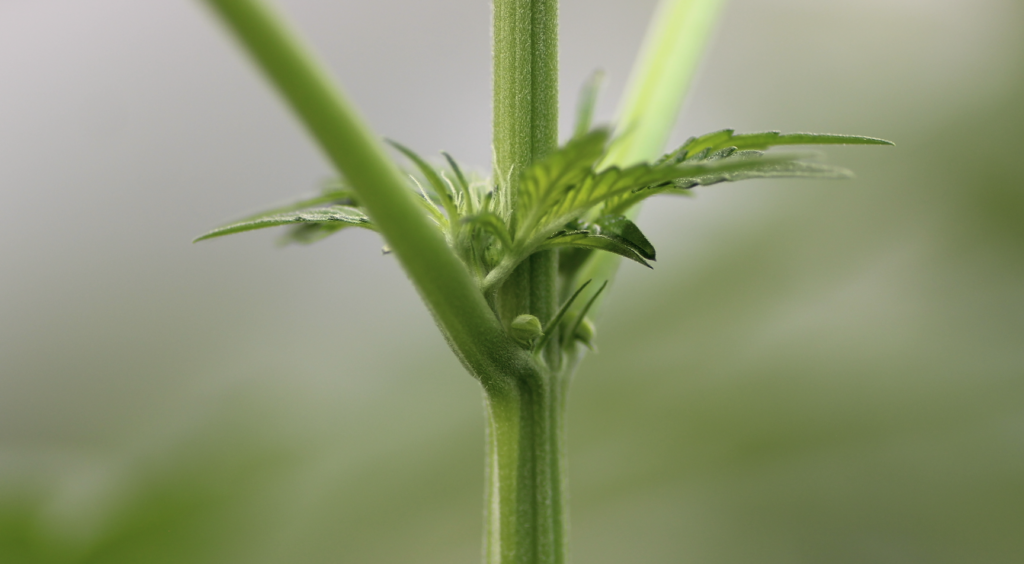
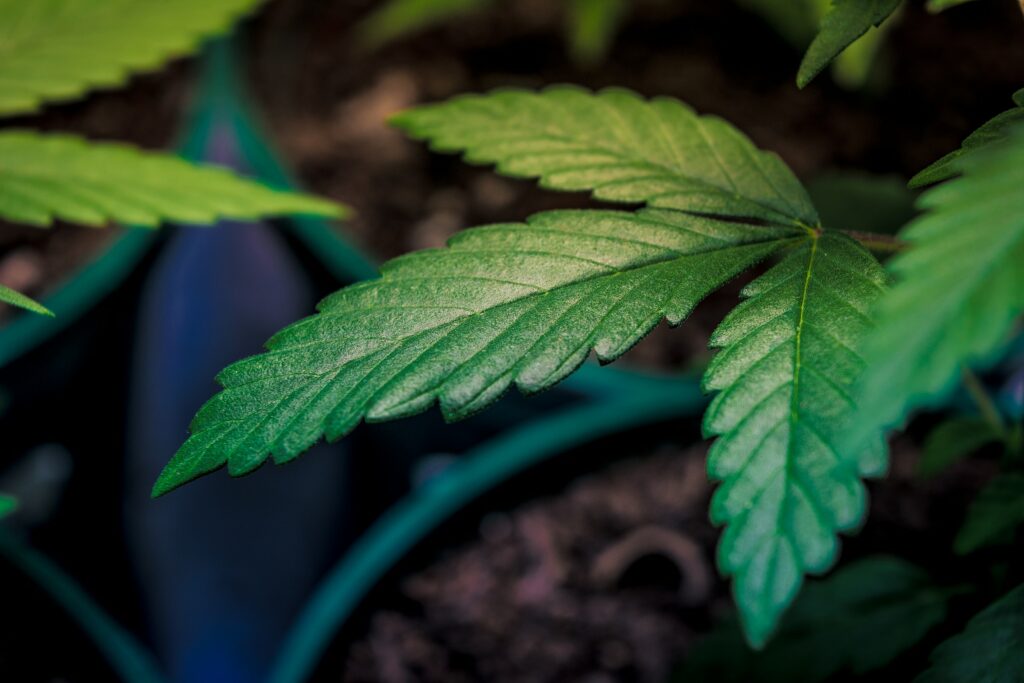
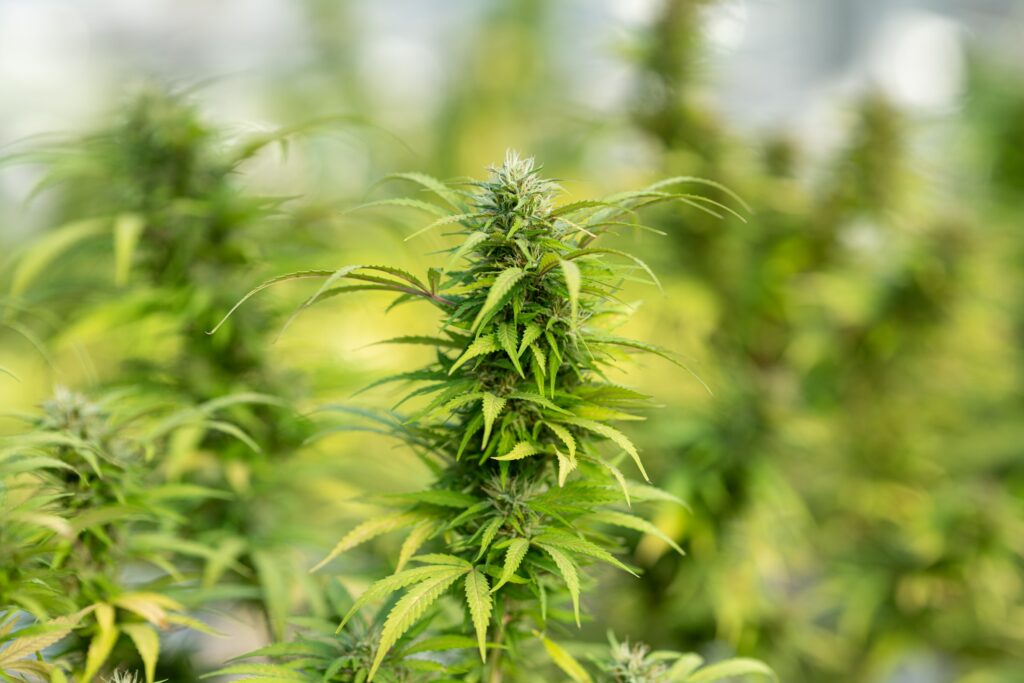
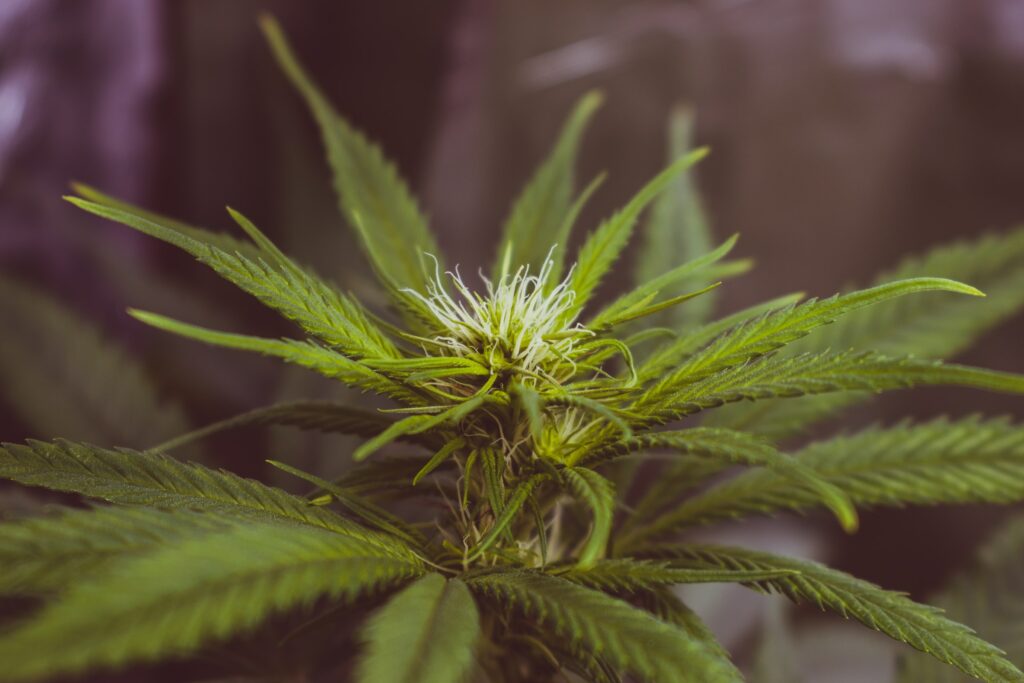
Responses